Download The Photoshop Color Control ActionPack For Free!
Video Transcript:
”
Hello, I’m Tim Daniels from www.lapseoftheshutter.com, and today I’m going to show you how to make something glow in Photoshop, by introducing a soft focus effect. We are going to go from this to this, in just a few short and easy steps. If you want to take a shortcut and use this straight away on your photos, I have produced a totally free action pack for Photoshop, designed especially for landscape photographers, that contains a highlights glow action that does everything we are about to do, automatically. You can download it from www.lapseoftheshutter.com.
All this action does is to select the brightest parts of your photo and blurs them slightly, but it does it in a way that is totally reversible and easy to control. This has the effect of making the brightest parts of your photos, in this case the light from the setting sun, soft and more luminous, while the shadows stay crisp and sharp. You could do this in the field, using a soft focus filter or lens to get the same effect of blurred, soft highlights. By using a soft focus filter, you will also get a lovely bokeh that is very difficult, if not impossible, to create digitally. For this image though, and for most landscape photography, the bokeh is not important, as we aim to get the entire scene in focus.
So lets delete this and start from the beginning. In order to select the brigthest parts of the photo, we can create a basic luminosity mask. Go to the channels palette and control-click on the thumbnail in the RGB channel. This automatically selects the brightest 50% of pixels in your photo. This selection contains too many shadows to make an effective highlights glow layer though, so hold down control-alt-shift (see the icon next to the cursor changes to a multiply sign) and click again on the thumbnail. This multiplies the current selection by itself, so in effect your new selection contains the brightest 25% of pixels in your photo. That means that the range of this selection is half that of the previous selection. You can click as many times as you want, and each time will make the selection more tightly focused on only the brightest pixels in the photo, the selection getting smaller by half every time. For the purposes of creating glowing sunsets though, the current selection is perfect.
Go back to the layers tab, select your layer and go to layer -> new layer via copy. The keyboard shortcut for this is control-J. This copies your photo, but not all of it, only the parts that were in your active selection, the brightest 25% of pixels in the photo. Rename this layer to highlights glow and put it into a folder, which you can give the same name. Now, select the layer and go to filter -> blur -> gaussian blur, with a radius of 75 pixels. This doesn’t look good, so change the folder blend mode to soft light. Now the blur effect is almost not noticeable. The best way to strengthen it is to select the highlights glow layer and duplicate it a couple of times. If you want the effect to be stronger still, change the blend mode of the folder to overlay.
Now it looks good, but there is one problem. The highlight glow layers have brightened the highlights. To recover the highlights, control-click on one of the highlight glow layers and add a levels adjustment. Moving the black point to about 30 and the midpoint to about 0.50 will recover most of the highlights. Of course, you can play around to set them as you want.
The highlight glow is now complete, but for a final tweak, you can add a layer mask to the highlights glow folder and gently paint out any areas you don’t want to glow. In this case it’s the rocks on the left and the trees around the edges of the riverbank. I’ve used a brush set to 30% opacity, so there is still some glow there, just less.
And there we have the finished photo.
Although we are using this technique on a sunset photo here, and although it really boosts sunset photos, you can use it on any photo that has a bright light source that you want to make glow, like nighttime photos of cities. I use this technique on nearly all of my photos to give a little extra oomph.
I know this can seem a little complex, so don’t forget there is a free action pack available from my site, www.lapseoftheshutter.com, that will do all of this for you. If you want to know how I got the photo to look like this before I added the highlights glow, take a look at my free landscapes masterclass course at www.lapseoftheshutter.com, and also take a look at my other free resources – the Lightroom Develop System and the Photoshop Landscape Colour Grades.
”
Subscribe to the mailing list and get a free download link right now
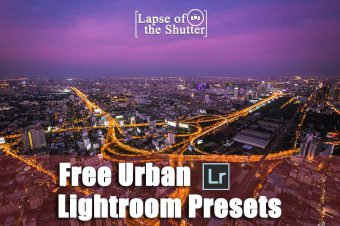
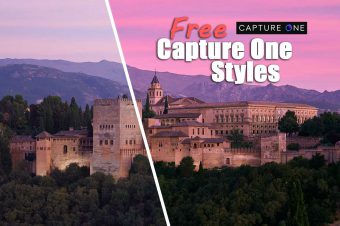
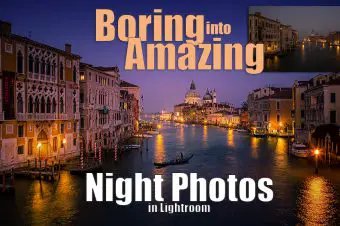
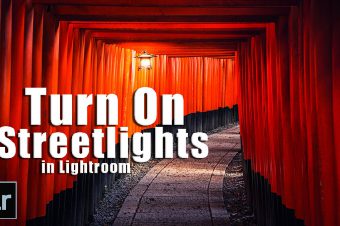
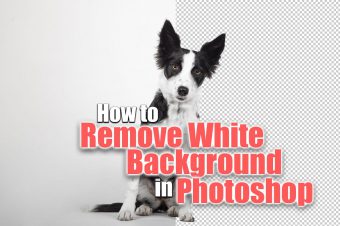
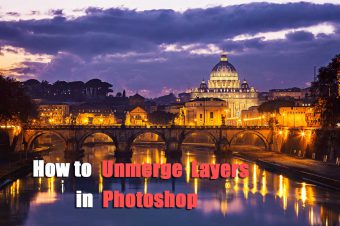
Leave a Reply